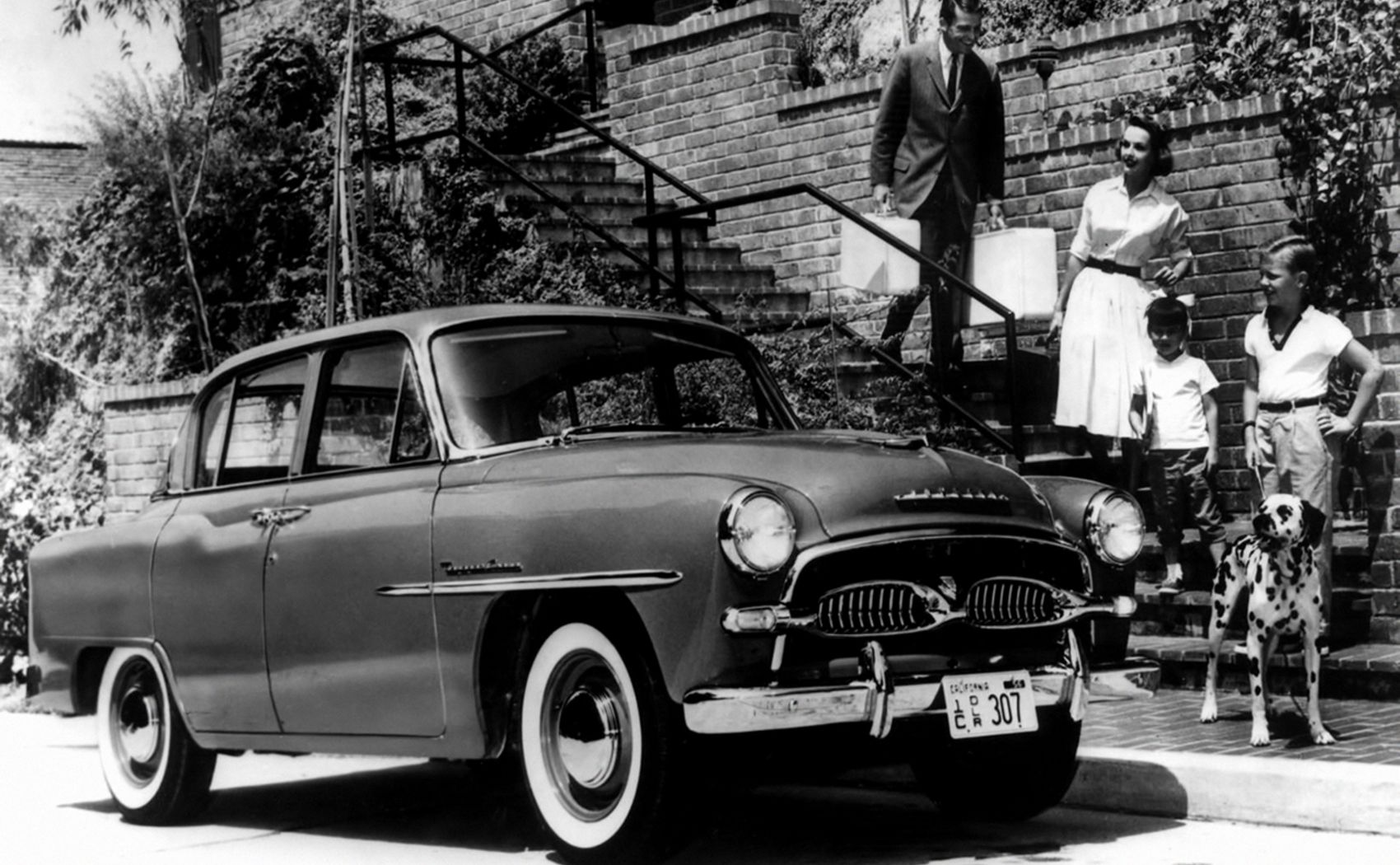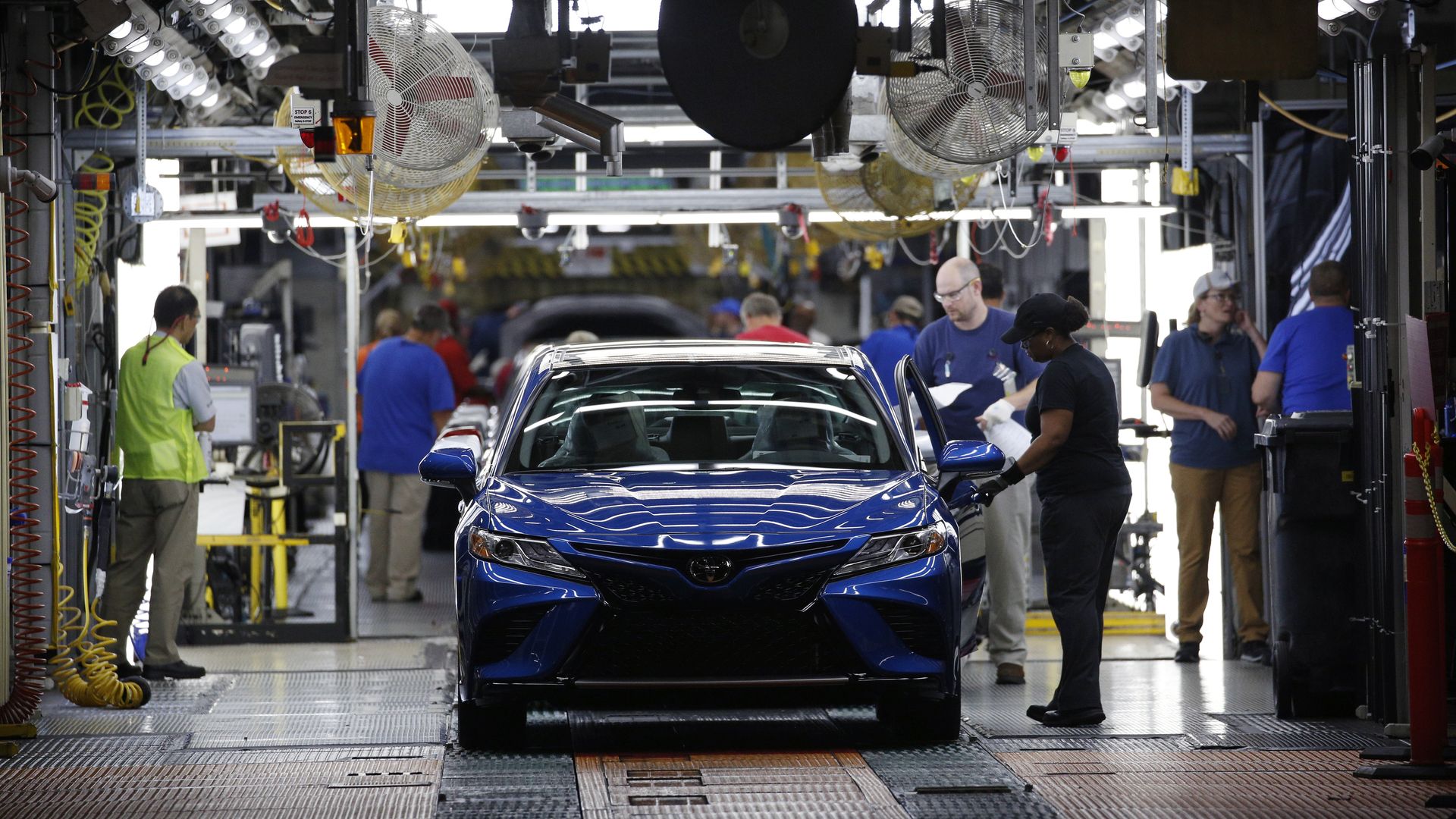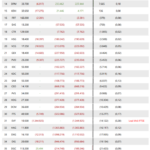A Curious Map
An Automotive News reporter had the opportunity to chat with Mr. Ted Ogawa – CEO of Toyota North America. Through his own eyes, the reporter noticed two large paintings on the wall of Mr. Ted Ogawa’s office amidst many other decorative items.
One painting is a black and white photo of Toyota’s first showroom in the United States, and the other is a curious world map with the North Pole at the bottom and the South Pole at the top.
Mr. Ted Ogawa explained the black and white photo in a gentle voice, saying that it reminds him of the first customers and the long-term relationship with Toyota. The curious map serves as a reminder to him that there will always be a different perspective from what he sees, no matter how familiar it is.
When the reporter and Mr. Ted Ogawa discussed the potential threat from Chinese competitors to Toyota’s operations in the United States and other car manufacturers, the reporter raised a question when connecting the two paintings on the wall: Would Chinese automakers, when entering the United States – the world’s largest economy – follow a different path than Toyota, Nissan/Datsun, or even Honda did 60 years ago?

Mr. Ted Ogawa – CEO of Toyota North America. Photo: Automotive News
Currently, Chinese automakers are rumored to be taking a detour to the United States via Mexico, but whether there is any other path or not remains a mystery. However, one thing can be said more clearly, that in the face of Chinese car models, the alarm bell of protectionists may have already rung, especially for those who worry that American cars are not competitive enough.
BYD from China is said to be looking for a location to establish a car factory in Mexico; however, a BYD representative stated that there are no plans to export cars produced in Mexico to the United States.
This may be a timing issue, but the question remains whether when Chinese cars arrive in the United States, they will invade the market – as they have done in the European market, or they will disrupt the market – as Japanese car manufacturers did more than 60 years ago.

The Toyopet Crown, the first Toyota sold in the United States.
Pressure from Chinese Cars
When the first Japanese cars arrived in the United States, including the legendary Toyota Land Cruiser, in the late 1950s, the market was not very receptive because those models were smaller than American cars – and smaller means less usable space and less practicality.
Small cars consume less fuel, but fuel consumption was not a concerning issue until the oil crisis in the early 1970s. At that time, Japanese cars took off like kites in the wind. They not only brought more car models to the United States but also implemented various production and sales methods to capture market share.
Over 60 years have passed, Toyota’s production philosophy has permeated every nook and cranny of the car industry; in the United States, Toyota has still been the best-selling brand for 12 consecutive years, and the number of cars produced by Toyota factories in the United States accounts for one-third of the total nationwide.

Inside a Toyota factory in the United States. Photo: Luke Sharrett/Bloomberg/Getty Images
What does Mr. Ted Ogawa think about this?
He believes that if Chinese car models are “attractive, not only in terms of price but also in terms of unique technologies – such as autonomous driving or battery management technology – those would be new things that the market could have, similar to what Toyota and Nissan have been able to do.
But if Chinese cars come to the United States and crush other competitors in the market solely based on price, that would be a different story.
Mr. Ted Ogawa acknowledges that among the greatest challenges he has faced this year as CEO of Toyota North America, Chinese cars are one of them. While Chinese automakers are causing disruption in the Mexican car market, they have yet to reach the United States.
The driving force behind Chinese automakers exporting their cars is that their factories’ capacity exceeds the consumption level of the domestic market; they need to export cars to keep their factories running.
Mr. Ted Ogawa said, “In Mexico, Chinese cars have very low prices.” He also mentioned, “Every day, dealers ask me how to deal with [Chinese cars]. Our products are better, but it is uncertain whether we can maintain attractiveness in terms of retail prices and price gaps.”





































